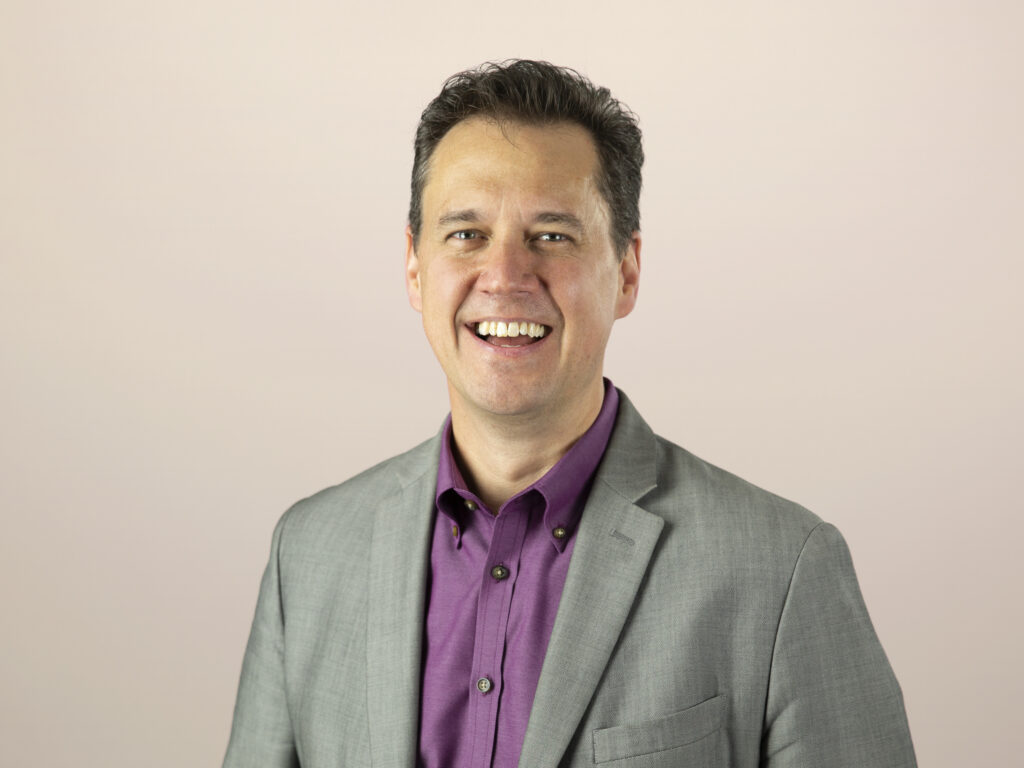Understanding Share Of Life: A Chat With Sebastian Jespersen
In my line of work, I chat with some very smart people. Sometimes I think they’re smart because they disagree with me; sometimes they just see something I can’t. Today, I’m sharing parts of a conversation I recently had with someone who I think is smart rather immodestly, because he thinks like I do.
The smart person in question is Sebastian Jespersen, a founder and the CEO of Vertic, a digital marketing agency with offices around the world. I think he’s smart not just because his ideas align with mine (though branded with catchier titles) but because he really thinks his ideas can improve the way everybody does business. Companies that really want to achieve a “share of life” relationship with customers will need to do right by them — not just for a moment, not just for a campaign, but for life.
You can hear more about Sebastian and Share of Life in the audio link below. And if you want to learn more about why this conversation took place, read the longer description below, where I explain how we met and why I like what he says.
In my research, armed with mountains of data, I occasionally spot trends before other people do. I’ve learned from hard experience that you can’t just tell people “The future will look like X” and have them embrace it. It’s not that they’ll resist it, though some do. More likely, they just won’t get what you’re going on and on about. It doesn’t seem relevant. Online shopping in 1998 was one of those things. Most people just didn’t care.
The same was true about the shift to streaming video in 2008. The rise of eBooks in 2008. Or natural user interfaces in 2010, those dates being when I published reports on these topics, before they happened. At first, people don’t care, then they start to notice — some resist, others get excited — and then finally, when everybody is doing it, they can’t remember that there was a time when it wasn’t obvious it would succeed. Online shopping is clearly in that category now. As Toys R Us bids a fond farewell and we’ve marked the passing of half a dozen major retailers, people now take for granted things we tried to tell them in 1998.
I have learned to reduce the likelihood of idea rejection by telling what I’ll call the long story: planting the seeds of my future work in earlier work. So in 2014, when I predicted that the future of voice interfaces was about to blast wide open and that it would happen in an unlikely way — via microphones that Amazon would put in your home — I had previously planted key observations about Amazon’s business model, and its customer relationship, in my prior research. That way, people didn’t see my prediction as coming out of nowhere. They were more likely to understand that the thing I was saying in the present actually had been visible in the past. It was part of a long story. It made them more likely to listen. Amazon Echo debuted later that year.
This same research about Amazon was also designed to pave the way for an even longer story that I couldn’t tell outright until 2017. When I published “The End of Advertising As We Know It,” I was harvesting research I had planted in the years before about Amazon’s unprecedented customer relationship. I was updating the story to explain that this unprecedented relationship would act as a catalyst in the advertising market, calling into question the marketing goals of the past and highlighting that ad dollars spent on those goals were ad dollars wasted. The long story is that the best marketers are about to shift from merely delivering messages and experiences to building something I have been describing as a high-frequency, data-driven, emotion-rich, lifestyle-enabling customer relationship. That’s a mouthful; I’m playing the long game, and I’m OK if it takes a while for people to realize that what I am describing is happening.
So imagine my surprise when, last year, my intentionally slow-burning ideas had a high-speed, head-on collision with the ideas of Sebastian Jespersen. After he saw my research, he reached out and said something like, “I think we’re headed in the same direction with our thinking.” He introduced me to some of his key thought pieces — one on Entanglement Marketing and another on achieving Share of Life, both of which he developed with legendary marketer Stan Rapp. “Share of Life” turns out to be a better way to say what I’ve been trying to say for several years now.
It was like finding a long-lost twin. Sebastian and I have had hours of conversation since then, and the conversations are remarkably predictable. I say, “I’ve been following X idea for a few years now,” and he says, “So have I; in fact, here’s an example of something I’ve done with a client related to that.” The back-and-forth is a predictable ping pong match. And it’s encouraging me to believe that the shift is more visible and is coming faster than I expected — and that people like Sebastian will lead the move to pull it off.
This all explains why, on a recent trip to Manhattan, I took a side trip and sat down with Sebastian in Vertic’s New York offices, where we chatted for several hours. I was traveling with my recording equipment, so we broke out the microphones and tried to share some of the shiniest nuggets from the conversation. Enjoy.
__________________________
James McQuivey, Ph.D. is a VP and principal analyst at Forrester. He is the author of Digital Disruption: Unleashing the Next Wave of Innovation, which tees up many long stories that are still coming to fruition several years later.
